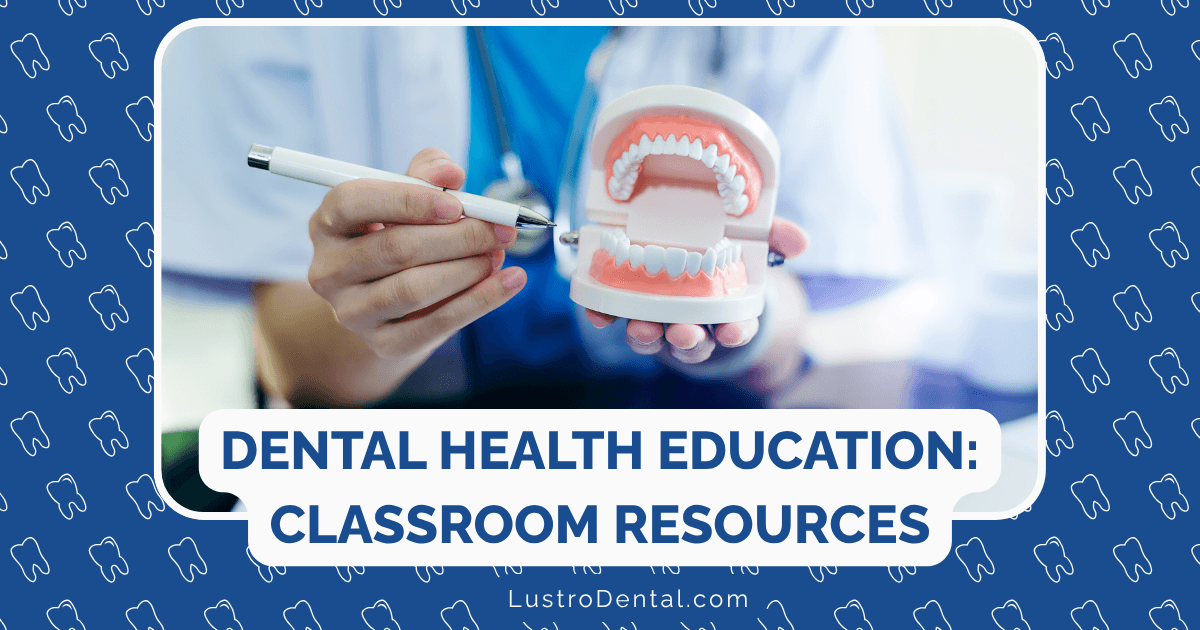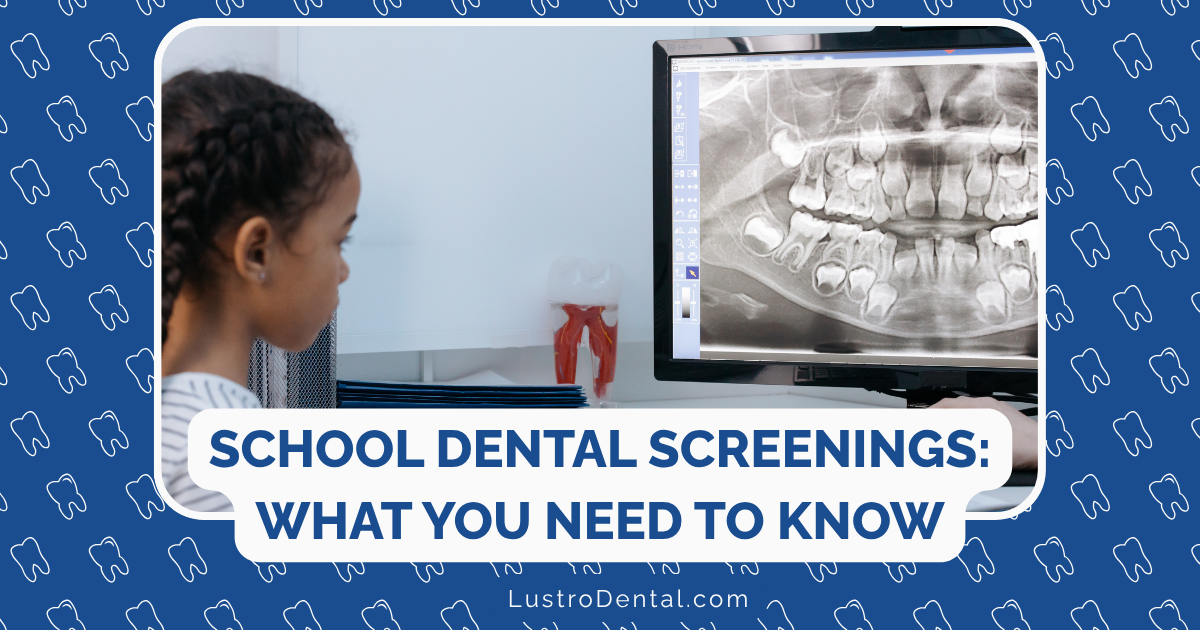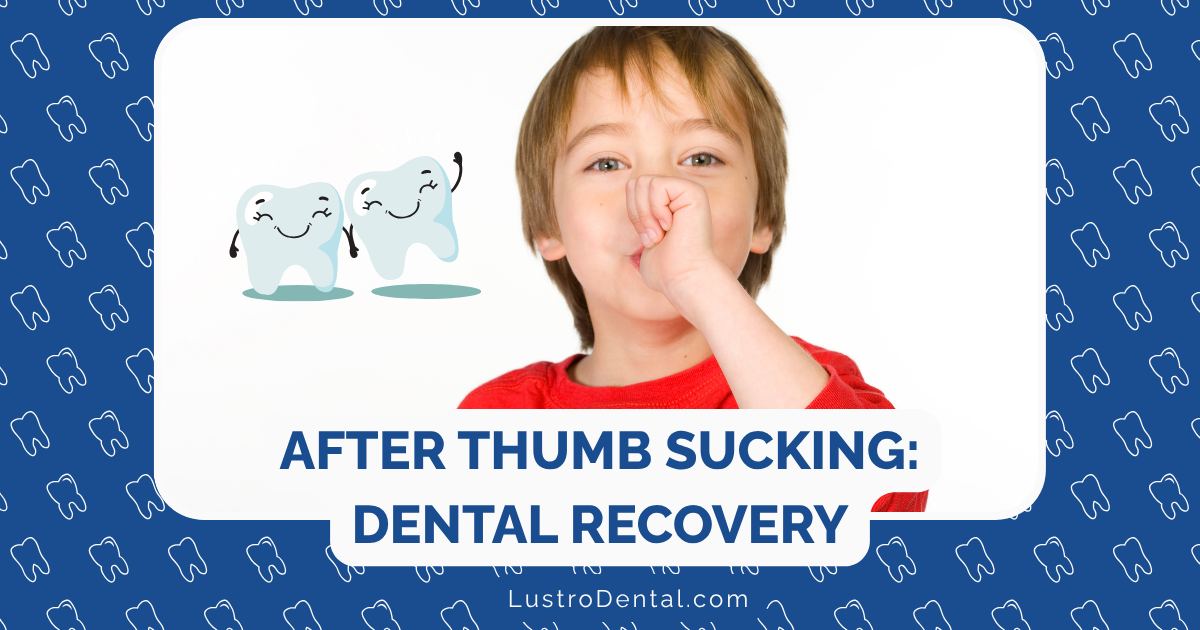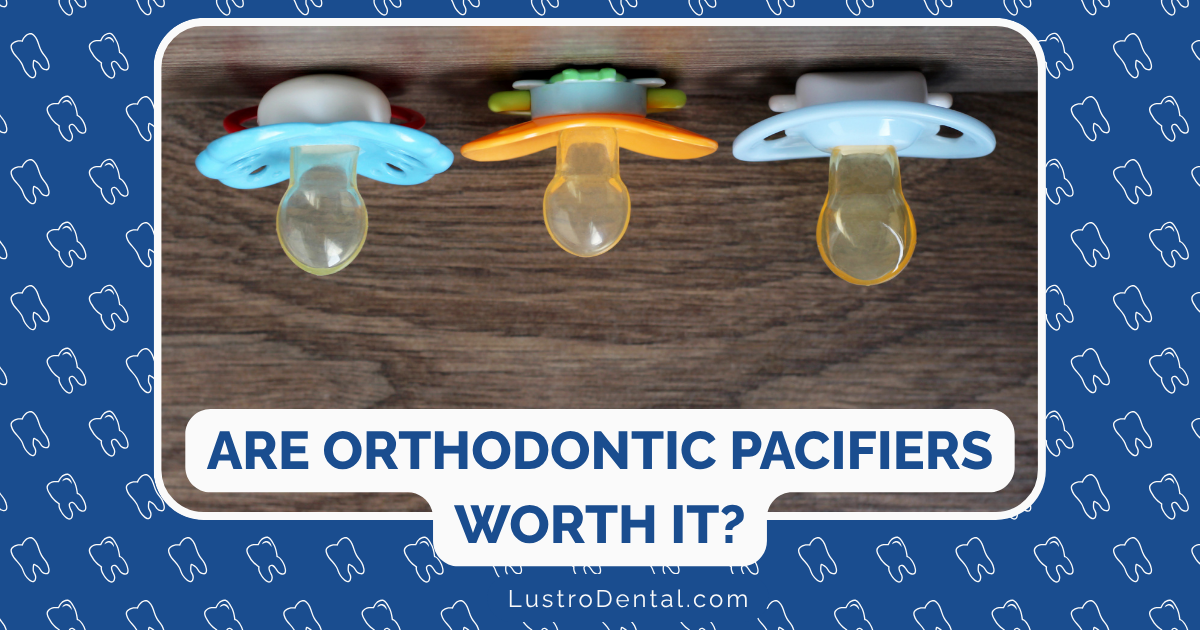The Impact of School-Based Dental Sealant Programs: Success Stories
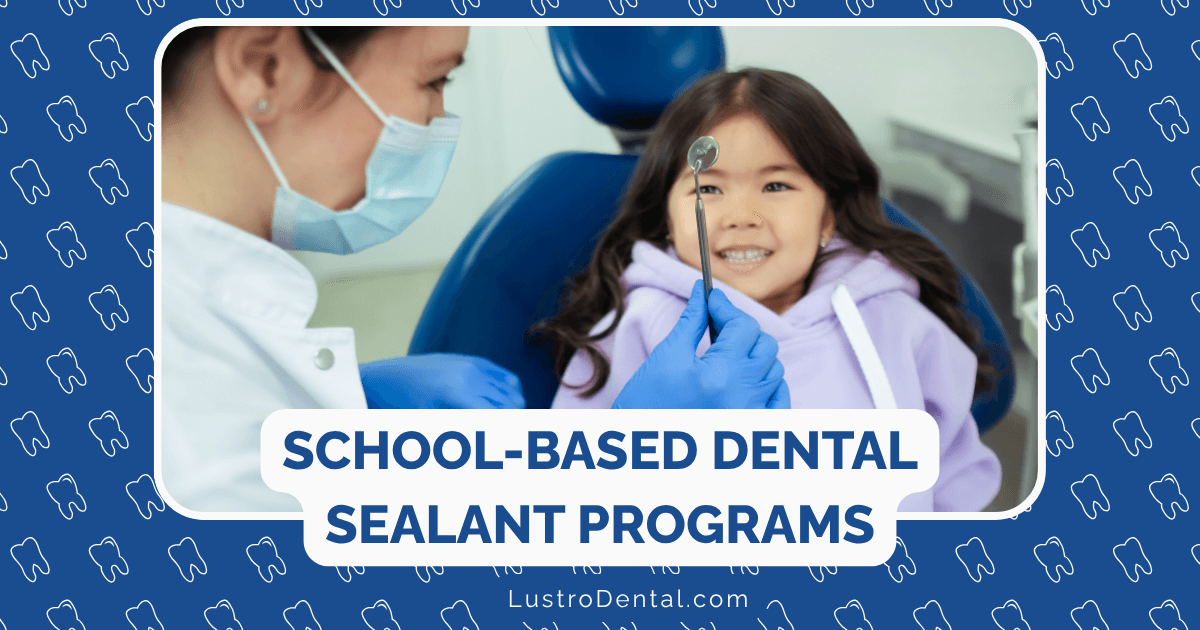
Dental decay remains the most common chronic disease among children in the United States, affecting nearly 60-90% of school-age children. For families facing financial constraints, transportation barriers, or limited access to dental providers, preventive dental care often becomes a luxury rather than a necessity. This reality has led to a significant oral health disparity, with children from low-income households experiencing nearly twice the rate of untreated cavities compared to their more affluent peers.
Amid these challenges, school-based dental sealant programs (SBSPs) have emerged as a powerful solution, bringing preventive dental care directly to where children spend most of their time—schools. These programs focus on applying dental sealants, thin protective coatings that prevent food and bacteria from settling in the deep grooves of molars where most childhood cavities develop.
This article explores the remarkable impact of school-based dental sealant programs across the country, highlighting success stories and demonstrating how these initiatives are transforming children’s oral health, one school at a time.
Understanding School-Based Dental Sealant Programs
Before diving into success stories, let’s understand what makes these programs so effective.
What Are Dental Sealants?
Dental sealants are thin, plastic coatings painted onto the chewing surfaces of back teeth (molars). They quickly bond into the depressions and grooves of teeth, forming a protective shield that keeps out food and bacteria.
According to the Centers for Disease Control and Prevention (CDC), sealants prevent 80% of cavities in the back teeth, where most cavities in children occur. Once applied, sealants protect against 50% of cavities for up to four years and continue to provide some protection for up to nine years.
How School-Based Programs Work
School-based dental sealant programs typically:
- Target high-need schools where 50% or more of students participate in free or reduced-price meal programs
- Provide services on-site at schools, eliminating transportation barriers
- Require minimal classroom time (usually 15-20 minutes per child)
- Offer services at little or no cost to families
- Use portable dental equipment brought into the school setting
- Employ dental professionals (dentists, dental hygienists, or dental assistants, depending on state regulations)
Dr. Sarah Johnson, public health dentist and director of a statewide sealant program, explains: “School-based sealant programs are a perfect example of bringing prevention to where the children are. Instead of expecting families to overcome multiple barriers to access care, we bring the care directly to the children in an environment where they already feel comfortable.”
The Evidence: Why School Sealant Programs Work
The effectiveness of school-based dental sealant programs is backed by substantial research:
- A Cochrane review found that sealants prevent 80% of cavities in permanent molars compared to unsealed molars after two years
- According to a CDC analysis, providing sealants to 1,000 children would prevent 485 fillings and 1.59 disability-adjusted life-years
- School sealant programs increase sealant prevalence by about 26 percentage points in schools where they operate
- These programs are cost-effective, with the benefits exceeding costs by $11.73 per sealed tooth over a four-year period
In economic terms, the median one-time cost per tooth sealed in school-based programs is $11.64, significantly lower than the average fee of $50.81 charged in private dental offices. This cost-effectiveness makes school sealant programs a wise investment of public health resources.
Success Stories: Programs Making a Difference
Let’s explore some of the most successful school-based dental sealant programs across the United States and the impact they’re having on children’s oral health.
Oregon’s Incentive-Driven Approach
Oregon has pioneered an innovative approach to expanding school-based sealant programs through financial incentives for managed care organizations.
The Initiative: In 2011, Oregon enacted H.B. 3650, placing nearly all Medicaid beneficiaries into coordinated care organizations (CCOs) that must meet specific health outcome benchmarks—including the percentage of 6- to 14-year-olds receiving dental sealants.
The Results:
- Health Share CCO increased sealant placement from 15% to 21% of eligible children
- FamilyCare CCO improved from 12% to 18%
- Both organizations received substantial performance bonuses ($42 million and $19 million respectively)
- By 2017, services were being coordinated in 156 out of 165 high-need schools in the Portland area
The Innovation: Oregon created Dental3 (D3), a brokering organization that coordinates services between schools and providers. This coordination has improved the quality of care and increased sealant rates while reducing duplication of services.
“Oregon’s approach demonstrates how policy changes and financial incentives can dramatically expand the reach of school sealant programs,” notes Dr. Michael Chen, health policy researcher at the Pew Charitable Trusts. “By aligning financial incentives with public health goals, they’ve created a sustainable model for preventive care.”
Ohio’s School-Based Dental Sealant Program
Ohio has one of the nation’s most comprehensive school-based sealant programs, operating since the 1980s and serving as a model for other states.
The Initiative: Ohio’s Department of Health provides funding and technical assistance to local agencies that implement sealant programs in schools where 40% or more of students are eligible for free or reduced-price meals.
The Results:
- Sealant prevalence in schools with the program is consistent across high-risk and low-risk children (around 44%)
- In schools without the program, low-risk children have a much higher prevalence of sealants than high-risk children (43% vs. 29%)
- The program has effectively eliminated disparities in sealant access within participating schools
- Over 70,000 children receive services annually through the program
The Innovation: Ohio has developed a standardized data collection system that allows for ongoing program evaluation and quality improvement. This system helps identify areas of need and measure program effectiveness over time.
Lisa Patel, program coordinator for Ohio’s sealant program, shares: “Our data-driven approach allows us to continuously improve our program and target resources where they’re most needed. We can see in real-time which schools have the highest need and adjust our services accordingly.”
Wisconsin’s Seal-A-Smile Program
Wisconsin’s Seal-A-Smile program represents a successful public-private partnership approach to school-based sealant programs.
The Initiative: Seal-A-Smile is a collaborative effort between the Wisconsin Department of Health Services, Delta Dental of Wisconsin, and local health departments, schools, and dental providers.
The Results:
- The program serves over 800 schools across Wisconsin
- More than 60,000 children receive preventive services annually
- Approximately 180,000 teeth are sealed each year
- The program has expanded from focusing solely on sealants to include oral health education, screenings, fluoride varnish applications, and referrals for additional care
The Innovation: Seal-A-Smile uses a hybrid funding model that combines state funding, private foundation support, and Medicaid reimbursement. This diverse funding stream has created program stability and allowed for consistent expansion over time.
“What makes Seal-A-Smile unique is our commitment to comprehensive care,” explains Dr. Emily Rodriguez, the program’s state coordinator. “We don’t just place sealants and leave. We ensure children with urgent needs are connected to a dental home for continued care.”
Texas’s Project Saving Smiles
Texas has addressed the challenges of serving a large, diverse state through its Project Saving Smiles initiative.
The Initiative: Project Saving Smiles focuses on providing comprehensive preventive services, including dental sealants, to underserved children in major urban areas across Texas.
The Results:
- The program has reached more than 58,000 students since its inception
- Approximately 85% of children screened receive sealants
- The program has expanded to include multiple urban centers across the state
- Follow-up data shows a significant reduction in untreated decay among participating children
The Innovation: Project Saving Smiles has developed a mobile dental clinic model that brings comprehensive services directly to schools. This approach allows for more intensive interventions when needed, including basic restorative care in some locations.
James Wilson, dental director for the Houston Health Department, notes: “Our mobile clinic model allows us to provide more comprehensive care than traditional sealant programs. When we identify a child with urgent needs, we can often address those needs immediately rather than just providing a referral that may never be acted upon.”
Maine’s Rebuilding Effort: Penobscot Community Health Care
Not all success stories follow a linear path. Maine’s experience demonstrates how programs can adapt and rebuild after setbacks.
The Challenge: Penobscot Community Health Care (PCHC) in Bangor, Maine, ran a comprehensive school-based dental program for several years until the COVID-19 pandemic forced its closure in 2020.
The Response: Rather than abandoning school-based services entirely, PCHC is strategically rebuilding its program with an initial focus on dental sealants before expanding back to comprehensive care.
The Innovation: PCHC is addressing workforce shortages—a common challenge for school-based programs—by developing a pipeline program with local dental education institutions. This approach is helping to train the next generation of providers while rebuilding their school-based services.
Dr. Lisa Johnson of PCHC explains: “We learned that starting small with sealants allows us to reach more children quickly while we work on rebuilding our capacity for more comprehensive services. Sometimes taking a step back allows you to ultimately move forward more effectively.”
Key Elements of Successful Programs
These success stories reveal several common elements that contribute to effective school-based dental sealant programs:
1. Strategic Targeting
Successful programs prioritize schools with the highest need, typically defined as those where 50% or more of students qualify for free or reduced-price meals. This targeting ensures resources reach children at highest risk for dental disease.
2. Diverse Funding Streams
The most sustainable programs utilize multiple funding sources, including:
- State and federal grants
- Medicaid reimbursement
- Private foundation support
- Corporate partnerships
- In-kind contributions from schools and communities
3. Strong School Partnerships
Effective programs develop strong relationships with school administrators, nurses, teachers, and staff. These partnerships facilitate program implementation and help maximize student participation.
4. Efficient Operations
Successful programs minimize disruption to the school day through:
- Streamlined consent processes
- Efficient screening and sealant application protocols
- Clear communication with school staff
- Minimal time away from classroom instruction
5. Data Collection and Evaluation
The most impactful programs systematically collect and analyze data to:
- Document program outcomes
- Identify areas for improvement
- Demonstrate return on investment to stakeholders
- Make evidence-based adjustments to program design
6. Comprehensive Approach
While sealants are the cornerstone of these programs, many successful initiatives incorporate additional components:
- Oral health education
- Fluoride varnish application
- Screening for urgent dental needs
- Referral systems for children needing additional care
- Follow-up to ensure completion of referrals
Overcoming Common Challenges
Despite their proven effectiveness, school-based dental sealant programs face several common challenges. Here’s how successful programs have addressed these obstacles:
Workforce Shortages
Challenge: Many programs struggle to recruit and retain qualified dental professionals.
Solutions:
- Partner with dental and dental hygiene schools to create student rotation opportunities
- Advocate for expanded practice acts that allow dental hygienists to work with less supervision in public health settings
- Develop mobile workforce models where providers serve multiple programs
- Create career pathways for dental assistants to advance within public health dentistry
Sustainable Funding
Challenge: Securing long-term, stable funding remains difficult for many programs.
Solutions:
- Diversify funding sources to reduce dependence on any single source
- Maximize Medicaid billing through efficient documentation and submission processes
- Demonstrate cost-effectiveness through rigorous program evaluation
- Engage private sector partners through corporate social responsibility initiatives
- Advocate for dedicated state funding based on documented outcomes
Consent Barriers
Challenge: Obtaining parental consent can be a significant barrier to reaching all eligible children.
Solutions:
- Implement electronic consent options
- Integrate consent forms with other school paperwork
- Offer incentives for returning consent forms
- Utilize opt-out rather than opt-in consent models where legally permissible
- Conduct parent education events to address concerns and questions
Policy Barriers
Challenge: State regulations regarding who can apply sealants and in what settings can limit program reach.
Solutions:
- Advocate for policy changes that expand the scope of practice for dental hygienists and assistants in public health settings
- Develop collaborative practice agreements that maximize the use of all team members
- Partner with state dental associations to address concerns and find common ground
- Document program safety and effectiveness to support policy advocacy efforts
The Future of School-Based Dental Sealant Programs
As school-based dental sealant programs continue to evolve, several promising trends are emerging:
Integration with Telehealth
Many programs are beginning to incorporate telehealth components, allowing for:
- Remote consultation with dentists
- Virtual case management for children needing follow-up care
- Enhanced communication with parents about findings and recommendations
- Expanded reach to even more remote or underserved communities
Enhanced Data Systems
Advanced data systems are improving program operations through:
- Electronic health records designed specifically for school-based care
- Real-time tracking of program outcomes
- Integration with state dental public health surveillance systems
- Improved communication between school-based programs and community dental providers
Expanded Services
While maintaining a focus on prevention, many programs are strategically expanding services to include:
- Silver diamine fluoride application for early carious lesions
- Interim therapeutic restorations for managing cavities
- Enhanced oral health education using digital tools and gamification
- Nutritional counseling and tobacco prevention education
Policy Advancements
Advocacy efforts are focusing on policy changes that would:
- Establish dedicated funding streams for school-based oral health services
- Require dental screenings for school entry
- Expand scope of practice for dental hygienists and therapists in public health settings
- Include oral health metrics in school health assessments
Conclusion: A Public Health Success Story
School-based dental sealant programs represent one of public health’s most successful interventions. By bringing preventive services directly to children in school settings, these programs effectively:
- Reduce oral health disparities
- Prevent dental pain and associated school absences
- Save families and healthcare systems significant costs
- Establish positive dental experiences for children
The success stories highlighted in this article demonstrate that with strategic implementation, adequate resources, and supportive policies, school-based dental sealant programs can dramatically improve children’s oral health outcomes.
As Dr. Sarah Johnson observes, “When we look at the evidence and the real-world impact of these programs, it’s clear that school-based sealant programs are not just a good idea—they’re one of the most effective public health interventions we have for improving children’s oral health. The return on investment, both in economic terms and in children’s wellbeing, is extraordinary.”
For communities considering implementing or expanding school-based dental sealant programs, these success stories provide valuable models and lessons. By adapting these approaches to local needs and contexts, more children can benefit from this proven intervention—creating brighter, healthier smiles in classrooms across America.
Resources for Implementation
For those interested in starting or improving a school-based dental sealant program, these resources provide valuable guidance:
- CDC School Sealant Program Guidelines
- Association of State and Territorial Dental Directors (ASTDD) Best Practices
- School-Based Health Alliance Oral Health Resources
- Seal America: The Prevention Invention
Has your community implemented a school-based dental sealant program? Share your experiences in the comments below!



